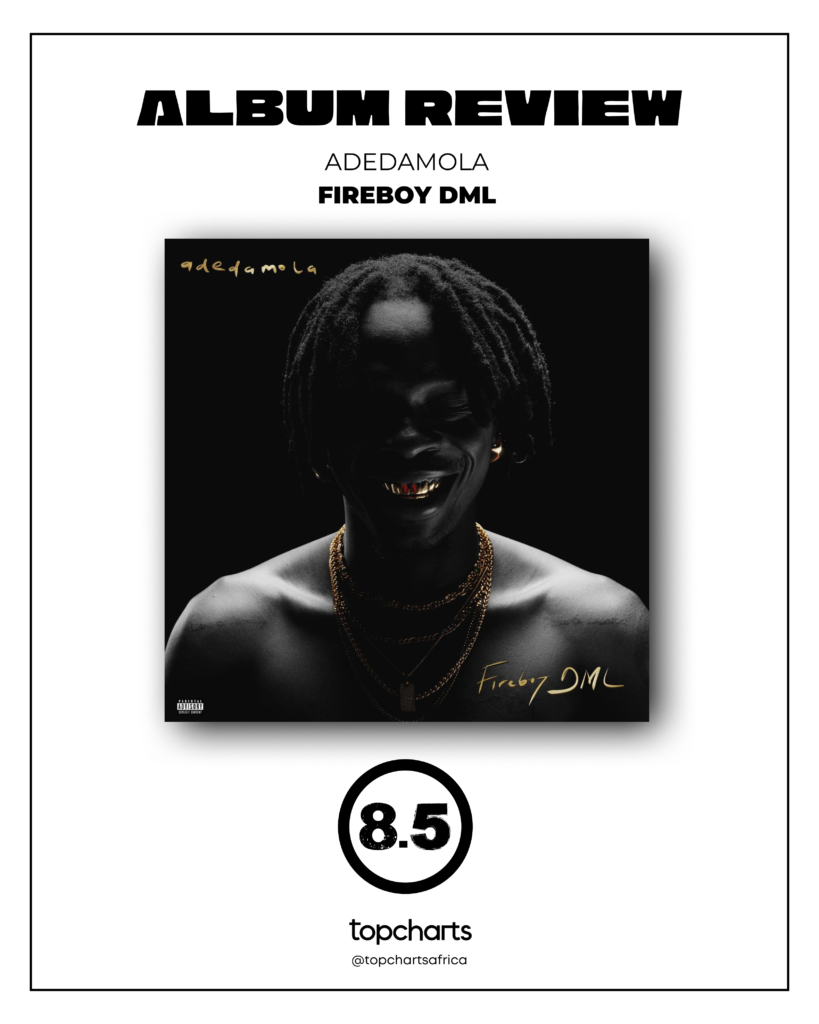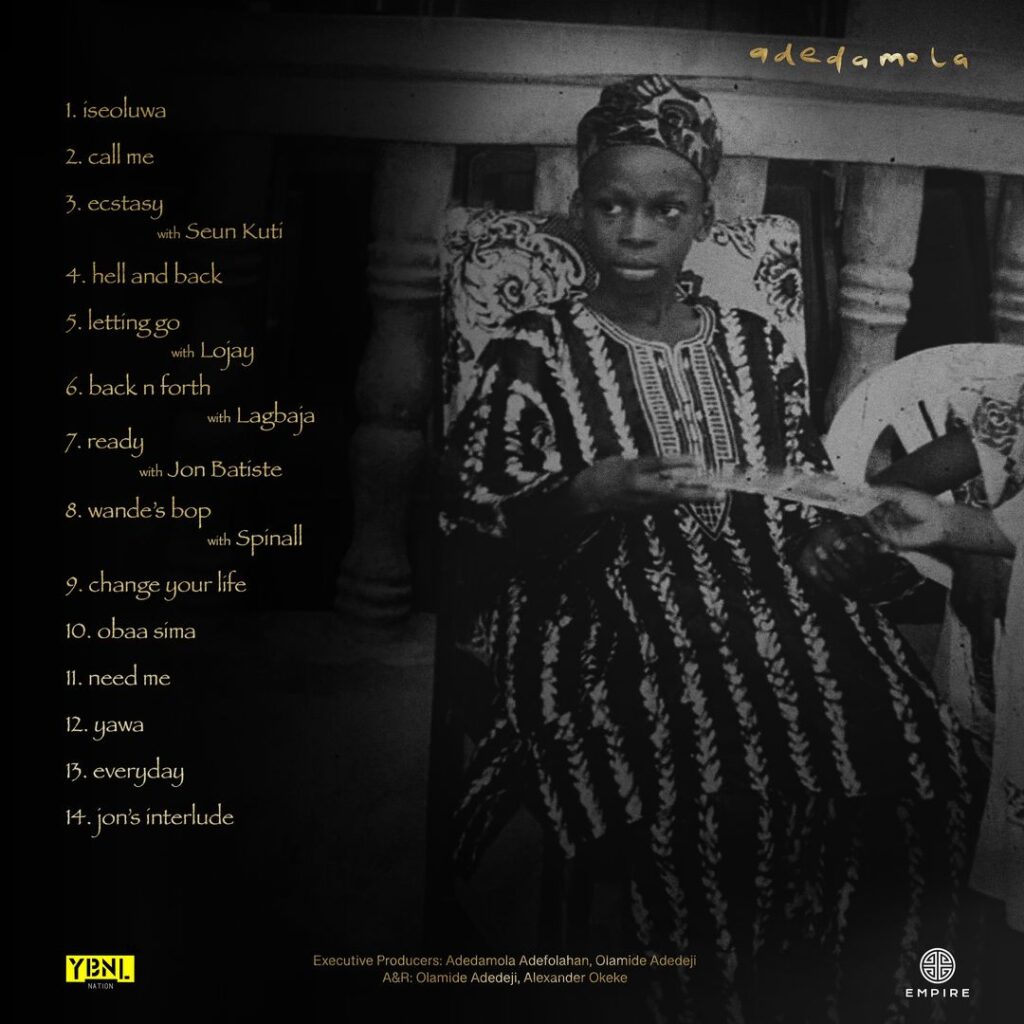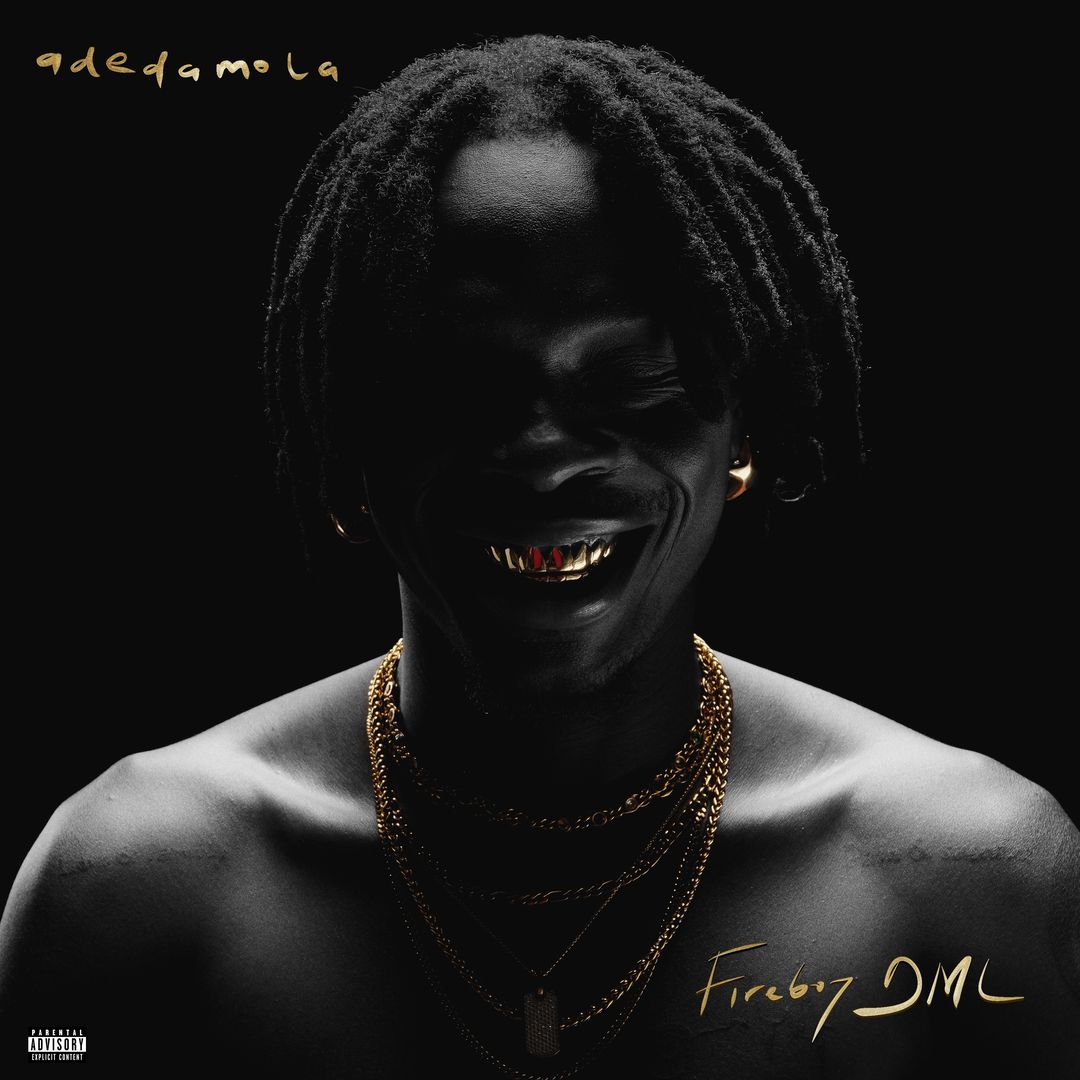
Fireboy’s career trajectory is a compelling narrative of artistic ambition and resilience. His debut album, often hailed as one of the finest introductions in the history of Afrobeats, set a remarkable standard. Yet, in the years that followed, his output diminished, leaving fans and critics alike to ponder the reasons behind this decline. The discourse around his stagnation has been multifaceted: some attribute it to a misguided stylistic shift, while others point to the overwhelming rise of Amapiano, or the shifting focus of his record label towards contemporary, Asake. Despite these challenges, one undeniable truth remains: Fireboy is an immensely talented artist, capable of crafting music that resonates deeply.
“Adedamola”marks a significant return to form, a poignant reminder of the artistry that initially captivated his audience. The album seamlessly blends the romantic sensibilities of his debut, “Laughter, Tears and Goosebumps,” with the more avant-garde playboy themes explored in “Playboy.” This synthesis of styles creates an organically symphonic experience, enhanced by exquisite instrumentation, particularly the saxophone, which adds a lush texture to the soundscape.
The opening track, “Iseoluwa,” serves as a profound meditation on Fireboy’s journey, a heartfelt acknowledgment of divine influence in his ascent. Here, he lays bare his vulnerabilities, grounding the album in sincerity and introspection.
Initial reactions to the album’s singles “Yawa,” “Obaa Sima,” and “Everyday” were lukewarm, failing to ignite the fervor expected from a Fireboy release. Yet, their integration into “Adedamola” transforms them, enriching the overarching narrative and providing a fresh perspective that elevates these tracks within the album’s context.

The album boasts collaborations with notable artists such as Seun Kuti, Lagbaja, Lojay, and Jon Batiste—choices that might not align with mainstream expectations but ultimately enrich the listening experience. Particularly noteworthy is “Back n Forth” featuring Lagbaja, whose presence evokes a nostalgic reverence for the sounds of the ’90s and early 2000s. The melding of his evocative tenor saxophone and traditional talking drums with Fireboy’s contemporary sensibilities creates a captivating auditory experience that transcends generational divides.
“Letting Go” featuring Lojay emerges as a standout track, showcasing both artists’ lyrical prowess and emotional depth. Their harmonious interplay captures a nuanced candor, enveloping the listener in a melodious embrace that lingers long after the final note.
In “Wande’s Bop” featuring DJ Spinall, Fireboy pays homage to his mentor, Wande Coal, channeling the essence of his idol with a deftness that is both respectful and invigorating. The track resonates with a nostalgic familiarity, reminiscent of Wande’s signature style, yet infused with Fireboy’s unique artistry.
While artistic evolution is often marked by daring experimentation, Fireboy’s recent trajectory suggests a hesitance to explore uncharted territories. Rather than boldly venturing beyond the familiar confines of his playboy persona, he appears to retreat into the safety of his established brand. While commercial success is undoubtedly a consideration, true artistry demands courage and the willingness to push boundaries.

With its rich production, lyrical depth, and cohesive thematic exploration, “Adedamola” clearly showcases Fireboy’s talent. This album is not just a collection of songs; it is an intricate mix of introspection, nostalgia, and a renewed commitment to his roots. In its entirety, it merits a solid 8.5/10, reaffirming Fireboy’s place within the contemporary Afrobeats space while beckoning him to embrace the full spectrum of his artistic potential.
Written by: Kehinde Adesokan

